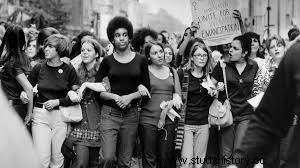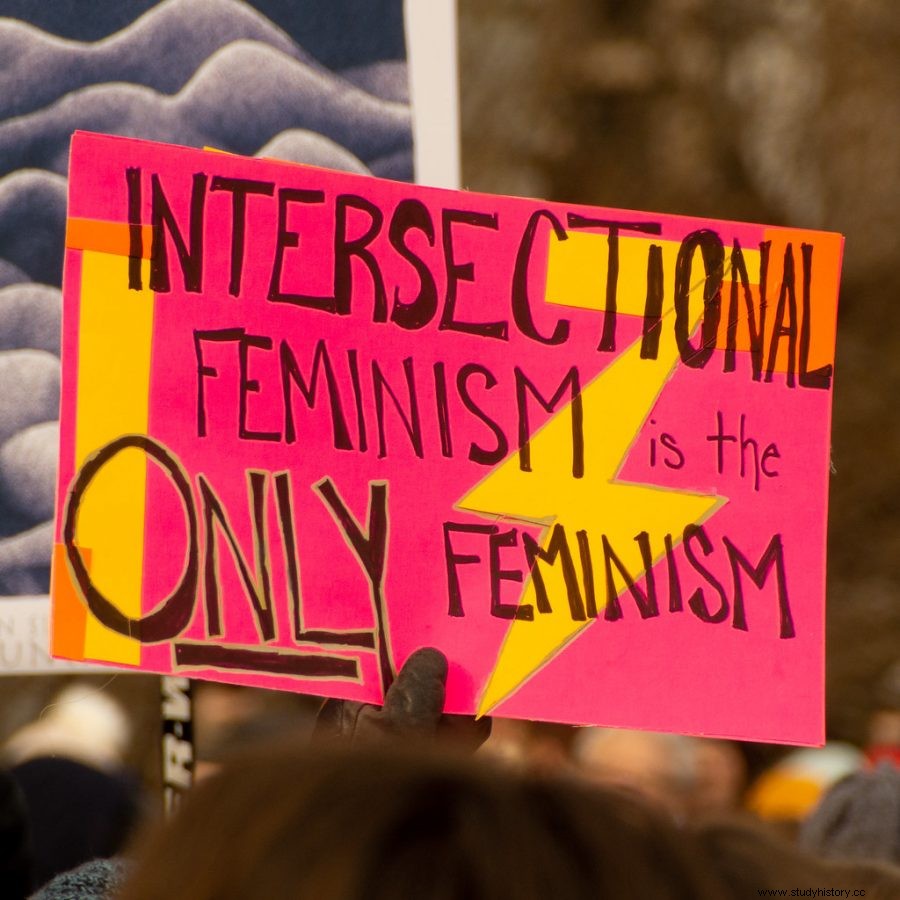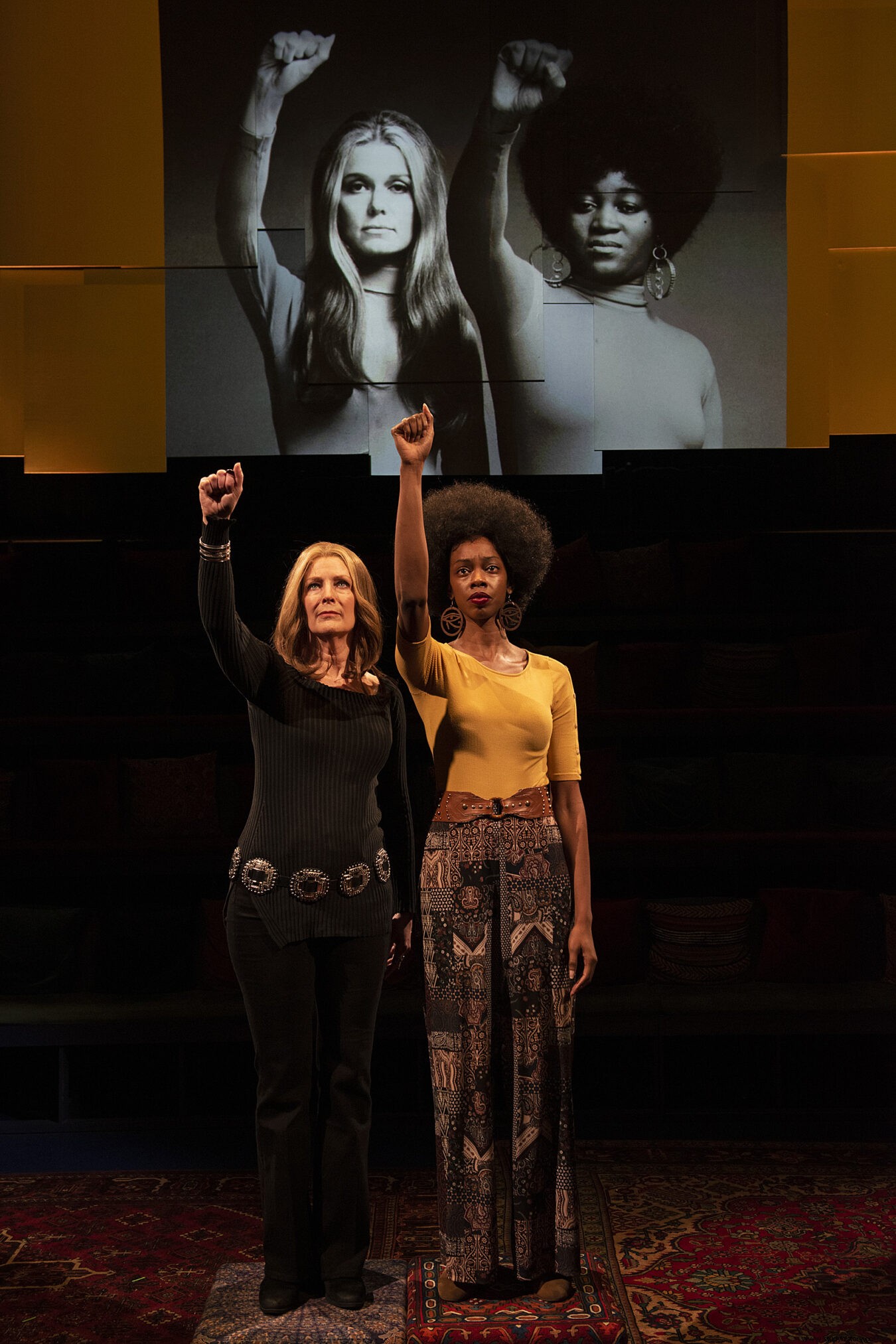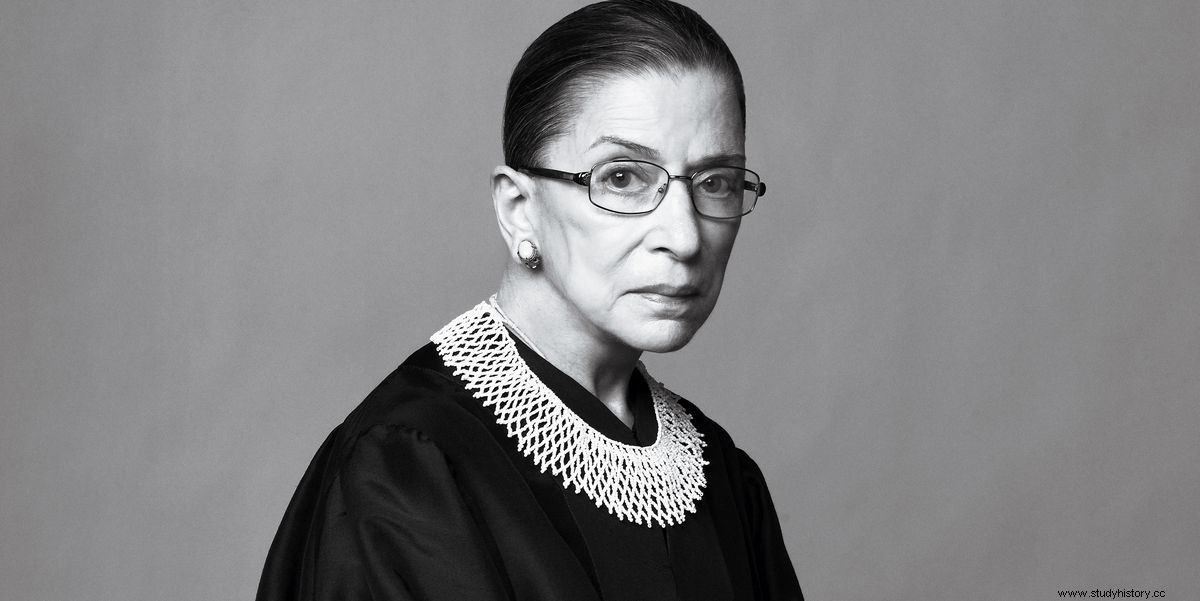It is common to hear the word "feminism" during your regular dining table conversations and debates in the newsroom. The word "feminism" is one of the most misused and misunderstood words of all time. What does feminism really mean?
Feminism is the personification of the feeling that all people are equal regardless of gender identity. Feminism is uplifting women so that men, women and the queer community are treated equally. It is not about humiliating men or declaring them inferior, as most people tend to misinterpret. The F-word or rather, the word feminism is not based on women having power over men; the idea is rather that women should have power over themselves.
Feminism is most often misunderstood as a "women's movement" as it is derived from the word "feminine". But it is important that we realize that feminism is not just a women's movement. But it is a "movement for all people", which is concerned with the liberation of both men and women. However, it is important that we also accept that women have been the main victims for many years of patriarchy and toxic masculinity. Feminism is an attempt to get rid of this notion of dominance and subordination, to bring both sexes to the same level.
Waves of feminism

Source Credit:www.history.com/topics/womens-history/feminism-womens-history
Feminism is one of the oldest movements in global history. There is no simple definition, but feminism is about ending gender discrimination and creating equality. Within this goal there are many types of feminism. Instead of describing them in isolation from each other, feminism can be divided into "waves".
The wave metaphor is the most common explanation for the movements of feminism, although it is not flawless. It can simplify a complicated story with values, ideas and people who are often in conflict with each other. With this simplification, one might think the history of feminism is a simple arc. The reality is much more messy. There are many sub-movements that build on (and fight with) each other. That said, the wave metaphor is a useful starting point. It does not tell the whole story, but it does help to outline it. There are four waves:
The first wave of feminism
The first wave began in the late 19th century. But it was not the first appearance of feminist ideals, but the first real political movement for the Western world.
In 1792, Mary Wollstonecraft published the revolutionary Affirmation of Women's Rights.
In 1848, about 200 women met in a church. They came up with 12 resolutions calling for specific rights, such as Voting Rights .
Reproductive Rights also became an important topic for early feminists.
After years of feminist activism, Congress finally adopted the 19th amendment in 1920. This gave women the right to vote . This was almost 30 years after New Zealand became the first country where women could vote.
First wave feminism had a fairly simple goal:to make society recognize that women are human beings, not property.
While the leaders of First Wave feminism were abolitionists, they focused primarily on the rights of white women. Essentially, this exclusion would haunt feminism for years to come.
The second wave of feminism
Second-wave feminism started in the 1960s and 70s. It built on first-wave feminism and challenged the role of women in society. Inspired by the Civil Rights Movement and protesting against the Vietnam War , activists focused on the institutions that held women back. This mainly meant looking more closely at why women were oppressed. While the traditional gender and family roles were questioned. This facilitated in the Queer theory became more established.
There were major victories in this era including the Equal Pay Act of 1963, Roe v. Wade in 1973 and other Supreme Court cases.
Three main types of feminism emerged:mainstream / liberal, radical and cultural. Mainstream feminism focused on institutional reforms, which meant reducing gender discrimination, giving women access to male-dominated spaces, and promoting gender equality. Radical feminism wanted to completely transform society and said that the system was inherently patriarchal and that only an overhaul would bring liberation. It resisted the belief that men and women were basically the same. Cultural feminism had a similar view and taught that it is a "female essence" that is different from men.
The third wave of feminism

Source Credit:www.slspotlight.com/opinion/2019/05/08/why-we-need-feminism/
A special thanks to the institutional victories of feminism in other waves, women enjoyed more rights and power from the 1990s. They were able to think of other aspects of their identity, and welcomed individuality and rebellion. While this was a time of recovery of the movement.
Mainly important cultural imprints include Eve Ensler's The Vagina Monologues , Guerilla Girls and punk rock riot girls. Many women expressed their sexuality more freely in the way they talked, dressed and acted. This is sometimes confused 2. wave feminist , many of whom had resisted traditional femininity. While many ideas and mini-movements swirled around at this time, the only "rule" was that there were no rules. A woman should choose how she lived her life.
Third wave feminism also became more conscious of race. Kimberle Crenshaw, a researcher in gender and critical race, coined the term "intersectionality" in 1989.
The term refers to how different types of oppression - such as those based on gender and race - intersect.
While mainstream first and second wave feminism had largely ignored or neglected racial differences within gender, the third wave paid more attention.
The phrase "Feminism in the Third Wave" was coined in 1992 by Rebecca Walker, a 23 year old black bisexual woman . As the internet became more common, it was even easier to hear perspectives and ideas from feminists around the world. This meant Feminism expanded.
The fourth wave
Some people believe that we are still in the third wave of feminism since the fourth wave is not so much of a shift as the continued growth of the movement. However, with the MeToo movement and a resurgence of attacks on women's rights, many believe we are living in a new wave. Activism on social media has driven the movement well into the technological age. It builds on the third wave's emphasis on inclusion and asks tough questions about what empowerment, equality and freedom really mean.
Fourth wave feminism continues to reckon with intersectionality.
Critics of "white feminism", who ignore the unique struggle of women of color, reveal how non-white feminists and ideas have been-and continue to be-oppressed. Trans rights are also a big part of the conversation. Feminism has often been an unwelcome and hostile place for trans women and others who reject gender binaries. Many feminists in the fourth wave are working to fight this exclusion.
As with every wave before it (and every wave that comes after it), the fourth wave is complex. Comprises mainly many movements that both complement and collide with each other. Moreover, this tension is inevitable. While some types of feminism can have harmful consequences, having a variety of voices can make feminism more inclusive and successful.
The pioneers of the movement
The feminist movement has had different pioneers. Mainly those who lit bonfires in the belly of every woman at all times should stand up and demand equality. Let's now discover feminists who had an indelible impact on the world.
Gloria Steinem

Source Credit:www.news.harvard.edu/gazette/story 2020/01 / play-dramatizes-steinems-role-in-the-feminist-movement /
Gloria Steinem aka Gloria Marie Steinem is an American feminist, political activist and editor who was an articulate advocate of the women's liberation movement in the late 20th and early 21st centuries.
By 1968, Steinem's work had become more overtly political. When she started writing a column for "The City Politic" for New York Blade. While her involvement in feminism intensified in 1968 when she attended a meeting of a radical feminist group, the Red Sox . Proud of her feminist roots - her father's grandmother had served as president of the Ohio Women's Voting Rights Association from 1908 to 1911.
Steinem founded the National Women's Political Caucus in July 1971. Along with Betty Friedan, Bella Abzug, and Shirley Chisholm. That same year, she began exploring the possibility of a new magazine for women, one that addressed contemporary issues from a feminist perspective. The result was Ms magazine , which first appeared as a post in the December 1971 issue of New York . The following year, the first stand-alone edition was published.
In 2016, she hosted the TV documentary series Woman with Gloria Steinem , which focused on issues related to women.
Her publications include the essay collections Scandalous Acts and Everyday Rebellion (1983) and Moving Beyond Words:Age, Rage, Sex, Power, Money, Muscles:Breaking the Boundaries of Gender (1994); Revolution from within (1992), a work on self-esteem for women; and Marilyn (1997), about Marilyn Monroe. Steinem also wrote the memoirs My Life on the Road (2015).
Jameela Jamil

Source Credit:www.crossroadstrading.com/7-reasons-why-jameela-jamil-is-my-new-celebrity-crush/
Jameela Jamil is becoming increasingly known for her sass both on screen and off screen. Mainly, like Tahani in A Good Place , while in reality she identifies herself as a "feminist in progress".
The British actor has long spoken out against unfair body standards; her body-positive initiative, I Weigh, encourages her followers to measure themselves by what makes them unique and valuable rather than by numbers on a scale. She is the hourly need to exist in her truth unapologetically as a feminist queen and to be a body neutrality advocate.
As the voice behind the body positivity movement @I_Weigh, as well as the creator of a viral craving, to stop celebrities from brewing toxic diet tea, actress Jameela Jamil has firmly established itself as a force in the fight for a healthy body image.
But at the MAKERS conference in 2019, she unveiled a new mission for 2019:dismantle the toxic masculinity that indoctrinates men.
Jameela Jamil helped Instagram create a new policy for marketing weight loss products. According to this policy, Instagram posts promoting "Use of certain weight loss products or cosmetic procedures and those who have an incentive to buy or include a price," will only be shown to users over the age of 18, according to CNN.
Jamil generated a setback for a BBC editor she wrote, along with a series of tweets requesting that Photoshop and airbrushing be made illegal.
Jamil's tweets started innocently enough, pointing out how often magazines airbrush pictures of female celebrities in their 40s and 50s while leaving male celebrities untouched. (Jamil has known nekteted to let publications Photoshop pictures of her).
Ruth Bader Ginsburg

Source Credit:www.hritasia.tv/ruth-bader-ginsburg-the-supreme-legacy/
Ruth Bader Ginsburg was an American lawyer and jurist who served as an assistant judge in the Supreme Court of the United States from 1993 until her death in September 2020. She was primarily a force of nature in American feminist culture. She has quickly become - in a time that wants heroines - the American ideal of power and authority for millions of women and girls. Beyond the movies ( RBG , released in May, and Based on Gender , out in December) and the biographies, not to mention memes and T-shirts and mugs that reproduce like lace with a collar.
Ginsburg scummed to complications of metastatic pancreatic cancer September 18, 2020, 87 years old. She was the closest America has the complete anti - Donald Trump.
Today, more than ever, women are starving for models of female influence, authenticity, dignity and voice that hold an octogenarian justice as the embodiment of hope for a strengthened future.
Her years as a lone female justice were "the worst times", she recalled in an interview in 2014.
"The picture of the audience that came into the courtroom was eight men, of a certain size, and then this little woman sat next to it. It was not a good picture for the audience to see. ”
Eventually she was joined by two other women, both named by Obama:Sonia Sotomayor in 2009 and Elena Kagan in 2010.
Ginsburg took as her starting point that she needed to provide basic education to an audience that was not as hostile as incomprehensible. She mainly aimed at laws that were apparently intended to protect women - laws based on stereotypical notions of male and female abilities and needs.
the conclusion
To conclude, this powerful piece that encapsulated the information about different waves of feminism inspired you. A look into the heroes and icons of feminism and their invaluable contribution to the cause has taken us so far. But there is still a lot of progress to be made in creating a just society.
